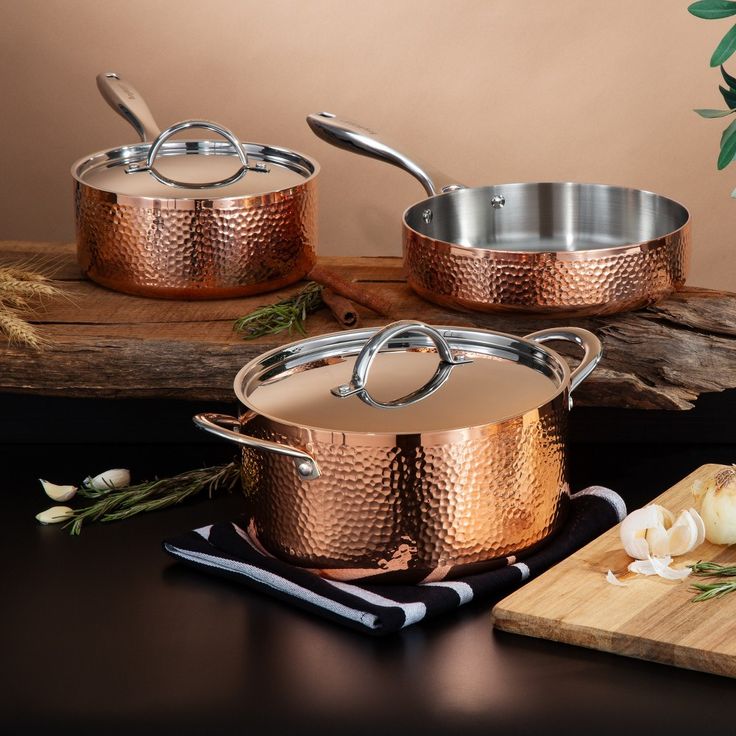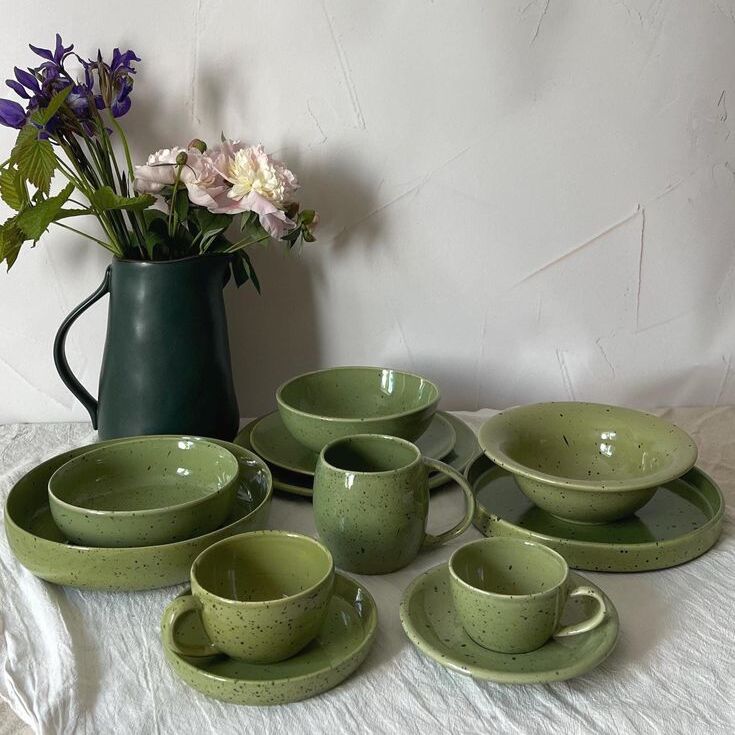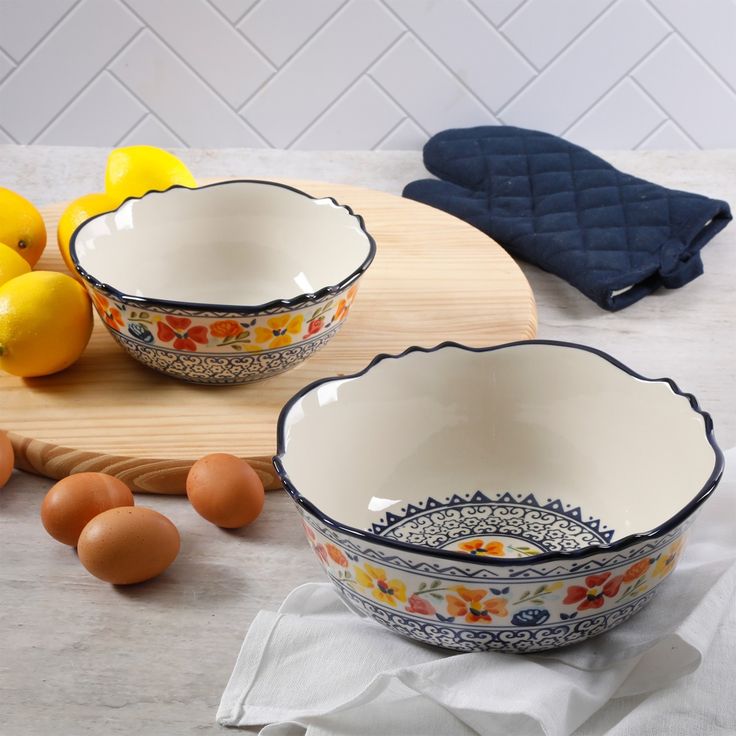What is a Saucepan?
Definition and Purpose
A saucepan is a versatile kitchen tool that plays an essential role in cooking food and preparing sauces. Its primary design caters to boiling, simmering, and heating liquids, making it a staple in both home and professional kitchens. The rounded base and tall, straight sides of a saucepan cookware allow for even heat distribution, minimizing the risk of food sticking or burning. This design feature enables cooks to achieve consistent results, whether they prepare a flavorful sauce or a hearty soup.
Additionally, saucepans typically have a long handle that makes them easy to maneuver. This practical element allows cooks to stir and pour with ease, reducing the chances of spills or burns. Some saucepans also come with lids, which trap heat and moisture effectively and help maintain optimal cooking temperatures. Overall, saucepans are ideal for a variety of culinary tasks, including preparing sauces, soups, and small portions of food.
Key Features of a Saucepan
Saucepans boast several key features that enhance their usability in the kitchen. Material plays a significant role; saucepans can be made from various materials, such as stainless steel, non-stick coatings, or copper. Stainless steel offers durability, while non-stick surfaces provide ease of cleaning. Copper excels in heat conductivity, making it a favorite among professional chefs.
The design of a saucepan typically includes a wide base and high walls. This design promotes controlled cooking by allowing for adequate liquid space and preventing splatter. The handle is another crucial aspect; a long, heat-resistant handle ensures safe handling during use, allowing cooks to move saucepans without risk.
Most saucepans include a snug-fitting lid that retains steam and heat for more efficient cooking. Each of these features contributes to a saucepan’s versatility, making it suitable for various cooking techniques, such as simmering, boiling, and reheating. The saucepan’s unique shape and essential characteristics make it a vital piece of cookware for any kitchen.
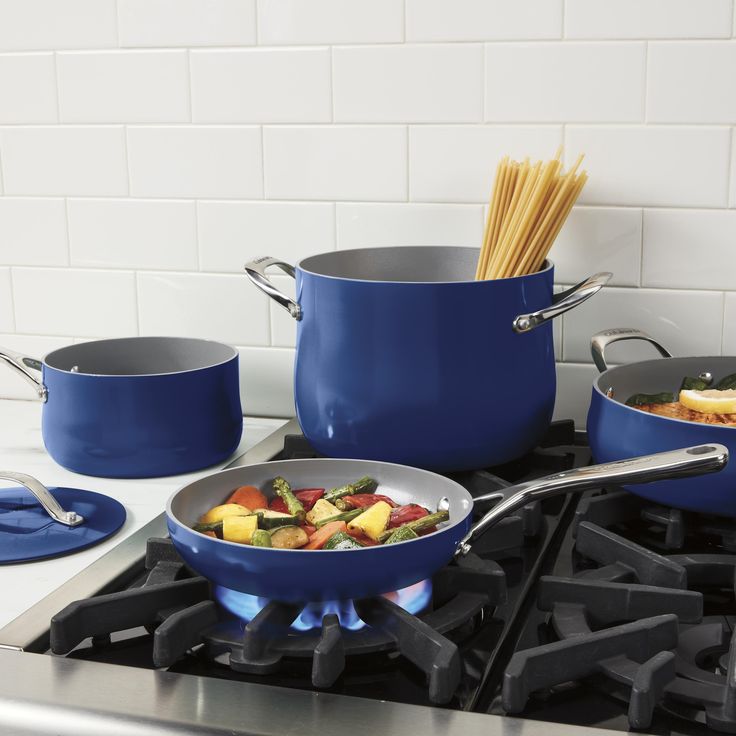
Types of Saucepan Cookware
Choosing the right saucepan can greatly enhance your cooking experience. Different materials offer unique benefits that cater to various culinary tasks. Understanding the key types of saucepan cookware available helps you make informed decisions based on your cooking preferences and needs. Below are the main types of saucepan cookware and their features.
Stainless Steel Saucepans
Stainless steel saucepans are among the most common and popular choices for home cooks. They are incredibly durable and resistant to rust and corrosion, making them a long-lasting investment for your kitchen. The ability of stainless steel to provide even heat distribution becomes even more apparent when these pans include an aluminum or copper core. This design improves cooking efficiency and accuracy, making stainless steel saucepans ideal for general cooking tasks like simmering sauces or boiling pasta. Additionally, most stainless steel saucepans are dishwasher-safe, simplifying the cleanup process after meal preparation.
Non-Stick Saucepans
Non-stick saucepans are perfect for those who often cook delicate foods, such as eggs or fish. The non-stick coating prevents food from sticking, allowing for hassle-free cooking and easy cleaning. This convenience encourages home cooks to use less oil or butter, promoting healthier cooking habits. However, to maintain the coating and ensure its longevity, it is crucial to avoid using metal utensils. Opt for silicone or wooden utensils instead. Non-stick saucepans are especially valuable when cooking for those new to the culinary world, as they minimize the risk of food sticking and burning.
Copper Saucepans
Copper saucepans are renowned for their exceptional heat conductivity. This quality allows for precise temperature control, making them a favorite among professional chefs. Copper’s responsiveness makes it ideal for tasks such as making sauces, melting chocolate, or preparing delicate dishes that require attentive cooking. While copper saucepans are functional and beautiful, they do require regular maintenance to retain their shine and functionality. Periodic polishing removes tarnish and ensures your copper cookware stays looking its best.
Cast Iron Saucepans
Cast iron saucepans are a robust choice known for their heat retention and even distribution. These qualities make them perfect for slow cooking, stewing, and braising. Cast iron cookware is incredibly durable and can last a lifetime if cared for properly. However, cast iron saucepans are typically heavier than their counterparts, which may present a challenge for some cooks. They often require seasoning to maintain non-stick properties and prevent rusting. Despite the extra care needed, cast iron saucepans are beloved for their versatility and performance.
Aluminum Saucepans
Aluminum saucepans are lightweight and affordable, offering excellent value for those on a budget. They heat quickly and distribute heat evenly, making them efficient for daily cooking tasks. However, it’s essential to be cautious when using aluminum cookware with acidic foods, as they may react, affecting flavors. To mitigate this issue, many aluminum saucepans come coated or anodized for stability. This feature enhances their usability while keeping preparation safe and enjoyable.
In conclusion, each type of saucepan cookware has specific advantages tailored to different cooking needs. Understanding these differences allows you to choose one that aligns with your cooking style and preferences effectively. Whether you prioritize durability, ease of use, or heat conductivity, there is a saucepan out there to meet your culinary goals.
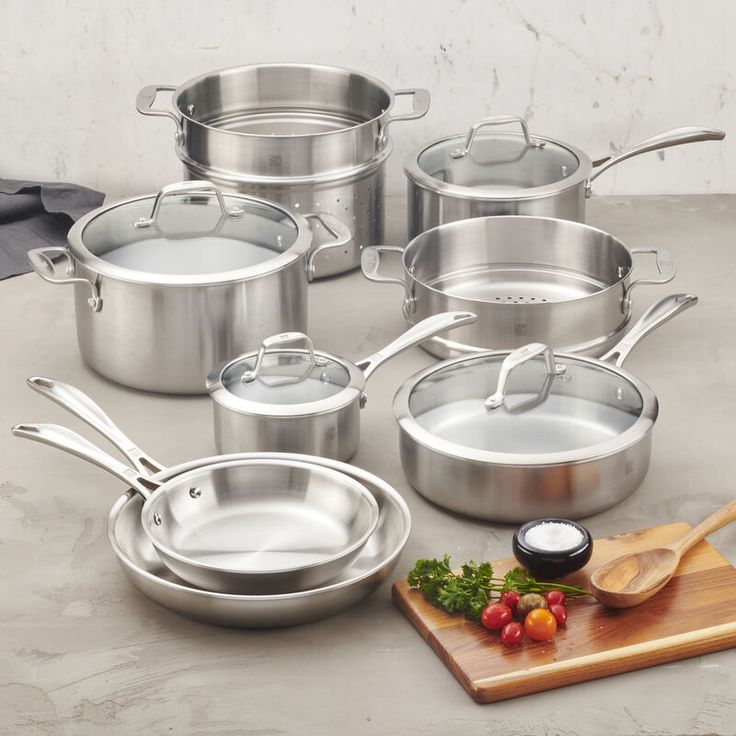
Factors to Consider When Choosing a Saucepan
Selecting the ideal saucepan cookware involves evaluating various factors to match your cooking needs. Here are key considerations:
Material and Durability
The material of a saucepan greatly impacts its performance and longevity.
- Stainless Steel: Durable and rust-resistant, ideal for everyday use.
- Non-Stick: Best for delicate foods, but requires special care to maintain the coating.
- Copper: Excellent heat conductor, perfect for precise cooking, but requires regular maintenance.
- Cast Iron: Extremely durable, retains heat well but is heavy and needs seasoning.
- Aluminum: Lightweight and heats quickly, but choose anodized options for non-reactive stability.
Pick a pan material that suits your cooking style and maintenance preferences.
Size and Capacity
The size of a saucepan should match your typical cooking portions. Smaller pans (1-2 quarts) are great for sauces or single servings. Larger ones (3-4 quarts) work for soups or family meals. Consider your household size and usual meal types.
Heat Distribution and Retention
Good heat distribution ensures even cooking, while retention keeps food warm. Saucepans with aluminum or copper cores distribute heat evenly. Cast iron retains heat exceptionally well for slow cooking. Stainless steel with a bonded base offers a balance of both.
Ease of Cleaning
Easy-to-clean saucepans save time and effort. Non-stick pans clean effortlessly due to their coating. Stainless steel and aluminum pans are often dishwasher-safe. Cast iron and copper require more care to maintain their good condition.
Compatibility with Different Stovetops
Not all saucepans work on every stovetop. Look for cookware compatible with your stove type:
- Induction Stovetops: Require magnetic materials like stainless steel or cast iron.
- Gas and Electric Stoves: Most saucepan types fit these well.
- Glass Top Stoves: Use flat-bottomed pans to prevent scratches.
By keeping these factors in mind, you can choose saucepan cookware that will serve you effectively for years.
Best Uses for Different Saucepan Types
Saucepans are versatile for a variety of cooking tasks, thanks to their unique design and features. Below are the best uses for different types of saucepan cookware to maximize their potential.
Cooking Sauces
Saucepans excel at making sauces due to their even heat distribution. Stainless steel saucepans with a copper or aluminum core are ideal for precise temperature control. Non-stick saucepans are great for creamy or delicate sauces, as they prevent sticking and are easy to clean.
Simmering Soups
The tall, high walls of saucepans make them perfect for simmering soups. Cast iron saucepans are excellent for slow cooking soups, as they retain heat exceptionally well. Stainless steel options also work well, offering durability and balanced heat retention.
Making Desserts
Copper saucepans are ideal for desserts that require exact temperature control, such as melting chocolate or caramel. Their superior heat conductivity ensures consistency. Non-stick saucepans are great for pudding and custards, as their coating simplifies cleanup.
General Daily Cooking
For everyday cooking like reheating leftovers or boiling pasta, aluminum saucepans are efficient and affordable. Stainless steel pans are reliable for tasks like steaming vegetables or cooking grains. They are durable and work well on various stovetops.
Choosing the right saucepan for each task ensures better results and cooking efficiency.
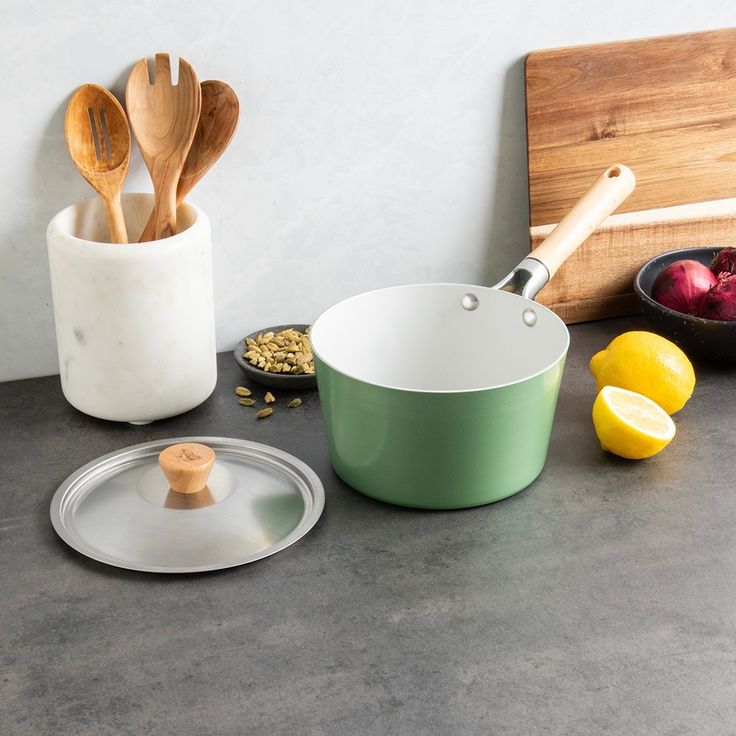
Top Saucepan Brands to Explore
Selecting the right brand is vital when choosing saucepan cookware. Brands differ in quality, price, and features. Below are options catering to different needs and budgets.
Premium Luxury Brands
Premium brands offer exceptional quality and state-of-the-art designs. These saucepans are durable, efficient, and often stylish.
- All-Clad: Known for high-performance stainless steel cookware, perfect for precise cooking tasks.
- Le Creuset: Famous for enameled cast iron saucepans with stunning designs and superior heat retention.
- Mauviel: Specializes in copper cookware, ideal for chefs requiring exact temperature control.
- Demeyere: Offers advanced stainless steel saucepans with excellent heat distribution and induction compatibility.
Luxury brands are perfect for professionals or home cooks seeking premium cookware performance.
Affordable and Reliable Options
Affordable brands provide functionality without breaking the budget. These options are ideal for everyday use.
- T-fal: Non-stick saucepans with easy-clean surfaces, great for families cooking daily meals.
- Cuisinart: Multi-purpose stainless steel pans offering reliability at reasonable prices, suitable for all types.
- Calphalon: Affordable yet high-quality non-stick and stainless steel options for easy and efficient cooking.
- Farberware: Trusted for durable aluminum saucepans that heat quickly without costing much.
These brands balance affordability and practicality, making them ideal for casual home chefs.
Choosing a brand aligned with your cooking style ensures a great addition to your kitchen.
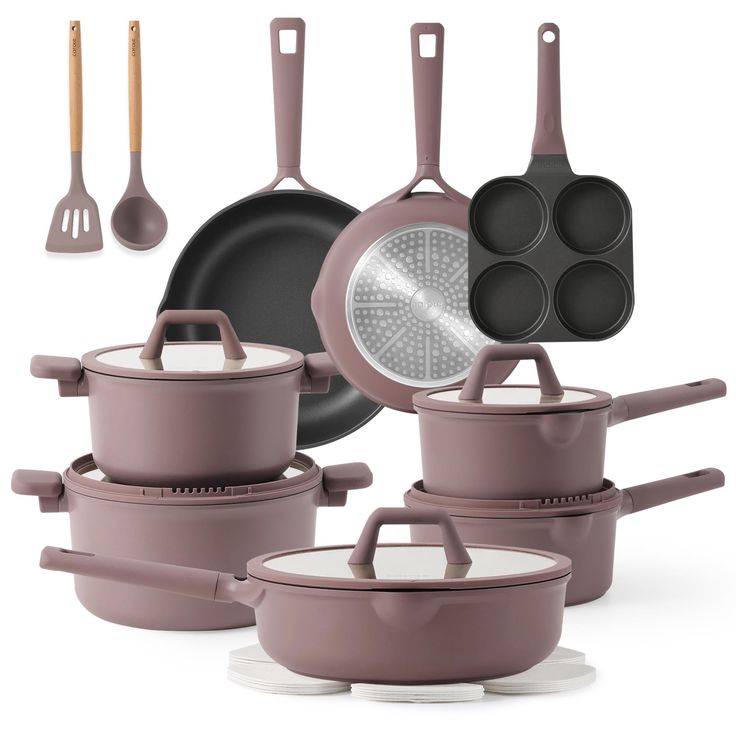
Maintenance Tips for Your Saucepan
Proper maintenance is essential to extend the lifespan of your saucepan cookware. Below are key techniques for keeping your saucepan in top condition.
Proper Cleaning Techniques
- Wash Immediately After Use: Clean your saucepan immediately to prevent food residue buildup.
- Use Gentle Cleaning Tools: Use a soft sponge or brush to avoid scratches on the surface.
- Avoid Harsh Chemicals: Skip bleach or abrasive cleaners that may damage the coating or finish.
- Stick to Warm Soapy Water: Most saucepans clean well with warm water and mild dish soap.
- Pay Attention to Non-Stick Pans: Non-stick saucepans need gentle care. Avoid steel wool or sharp objects to protect the coating.
- Hand Wash Copper and Cast Iron: These materials are not ideal for dishwashers and require handwashing for better care.
Avoiding Common Damage Mistakes
- Do Not Overheat: Overheating can warp the pan or ruin its non-stick coating.
- Skip Metal Utensils: Use wooden or silicone tools to prevent scratches, especially on non-stick cookware.
- Avoid Stacking Without Padding: Place soft liners between saucepans when stacking to prevent dents or scratches.
- Dry Thoroughly: Always dry the saucepan completely to prevent rust or water stains.
- Season Cast Iron Regularly: Properly seasoned cast iron retains its non-stick properties and prevents rust.
- Store Properly: Store saucepans in a dry, cool location to avoid unexpected damage.
By following these maintenance tips, you can ensure your saucepan cookware remains functional and visually appealing for years.
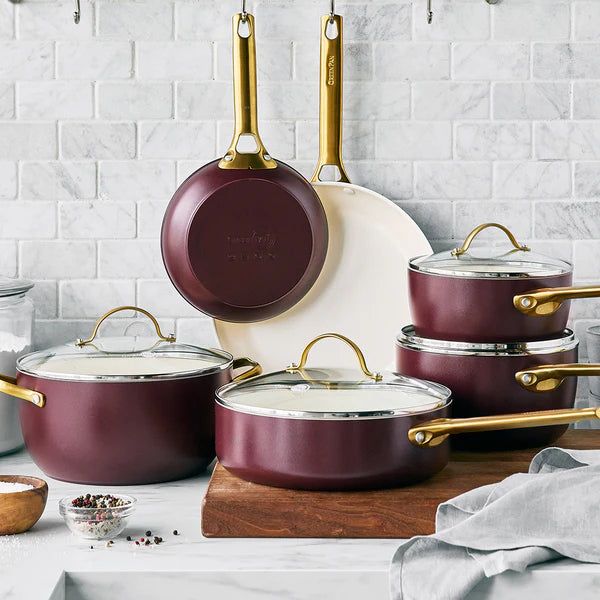
Frequently Asked Questions About Saucepans
How to Pick the Right One for Your Kitchen
Choosing the right saucepan cookware starts with understanding your cooking needs and preferences. Consider these tips:
- Assess Your Cooking Style: For precise cooking, pick stainless steel or copper. For quick tasks, go with aluminum.
- Match the Size: Small saucepans are perfect for sauces; larger ones suit soups or family meals.
- Choose the Material: Opt for stainless steel for durability, or non-stick for easy cleaning.
- Factor in Stovetop Compatibility: Ensure it works with your stovetop, especially for induction users.
- Prioritize Comfort: Look for a saucepan with a heat-resistant handle and balanced weight.
- Budget Wisely: Decide between premium brands for longevity or affordable options for everyday use.
The right saucepan cookware should meet your cooking needs while being user-friendly.
Can You Use a Saucepan for Frying?
Yes, you can use a saucepan for frying, but it has limitations. Here’s when and how:
- Light Frying: Ideal for frying small portions or shallow frying due to its high sides.
- Oil Quantity: Use enough oil to prevent sticking and ensure even frying.
- Material Matters: Non-stick and stainless steel pans work best for frying tasks.
- Monitor Temperature: Maintain medium to high heat for even cooking without overheating.
However, saucepans are not optimal for deep frying. Their tall sides and smaller base may limit efficiency. For better results, consider dedicated frying pans or deep pots for such tasks.






